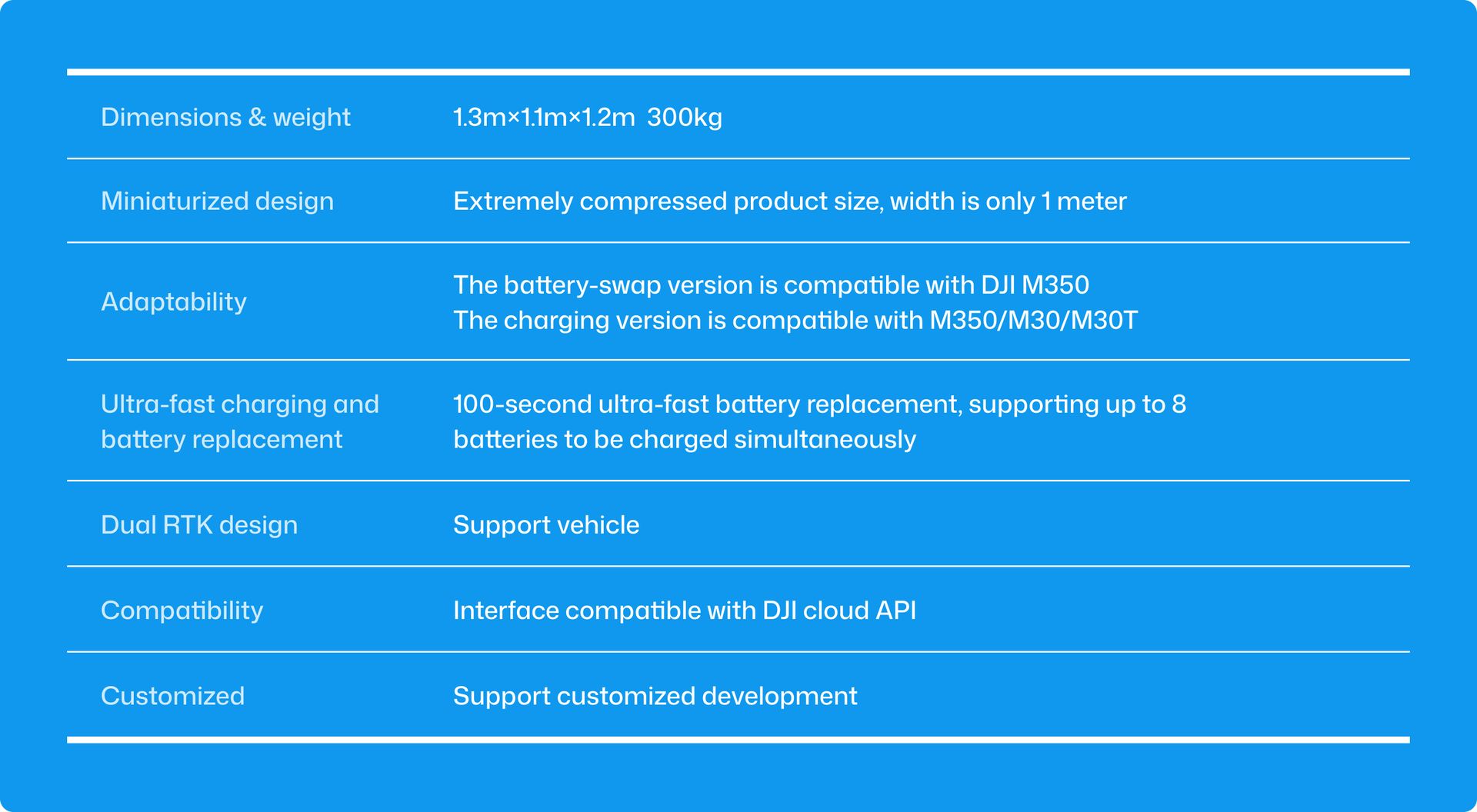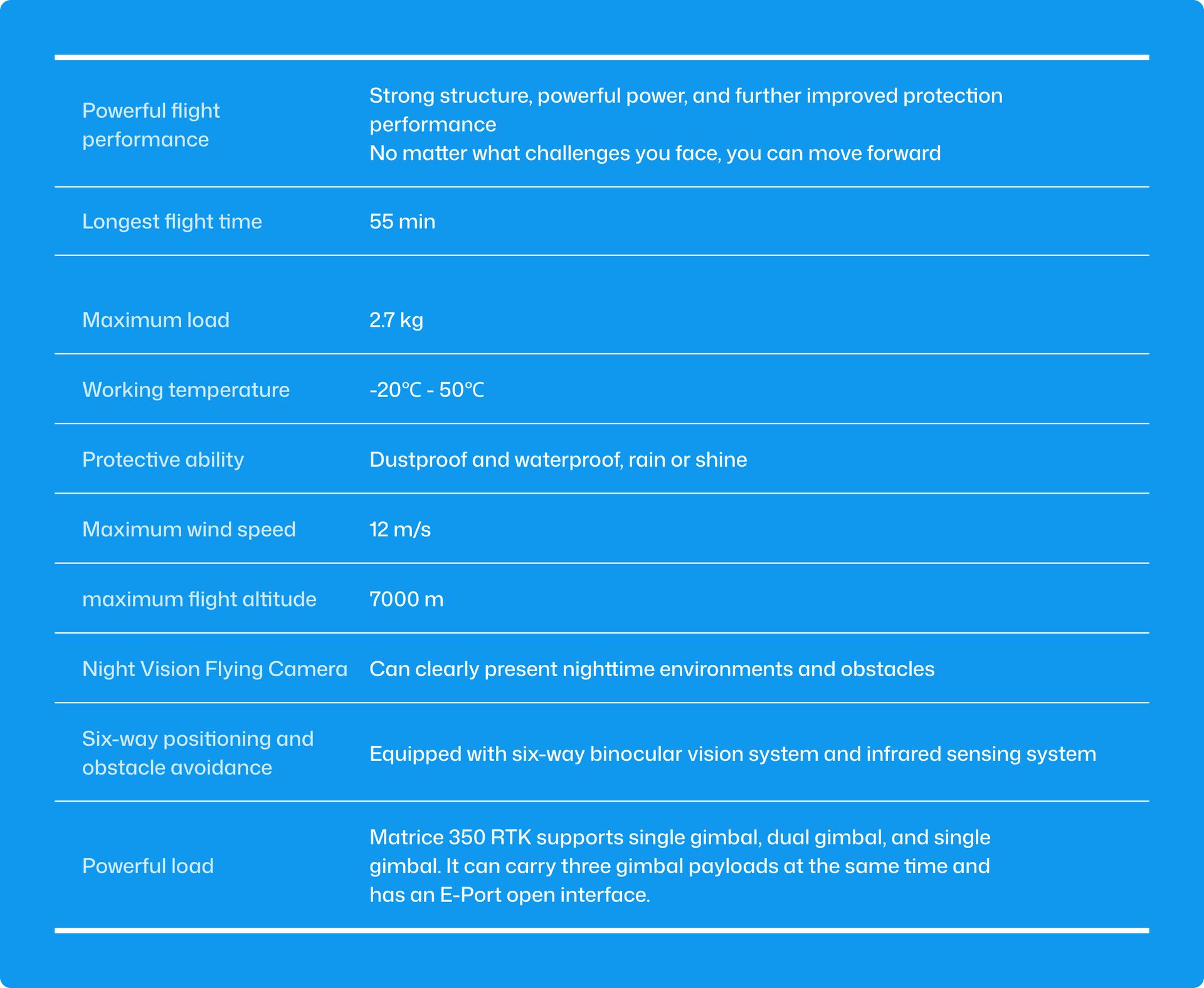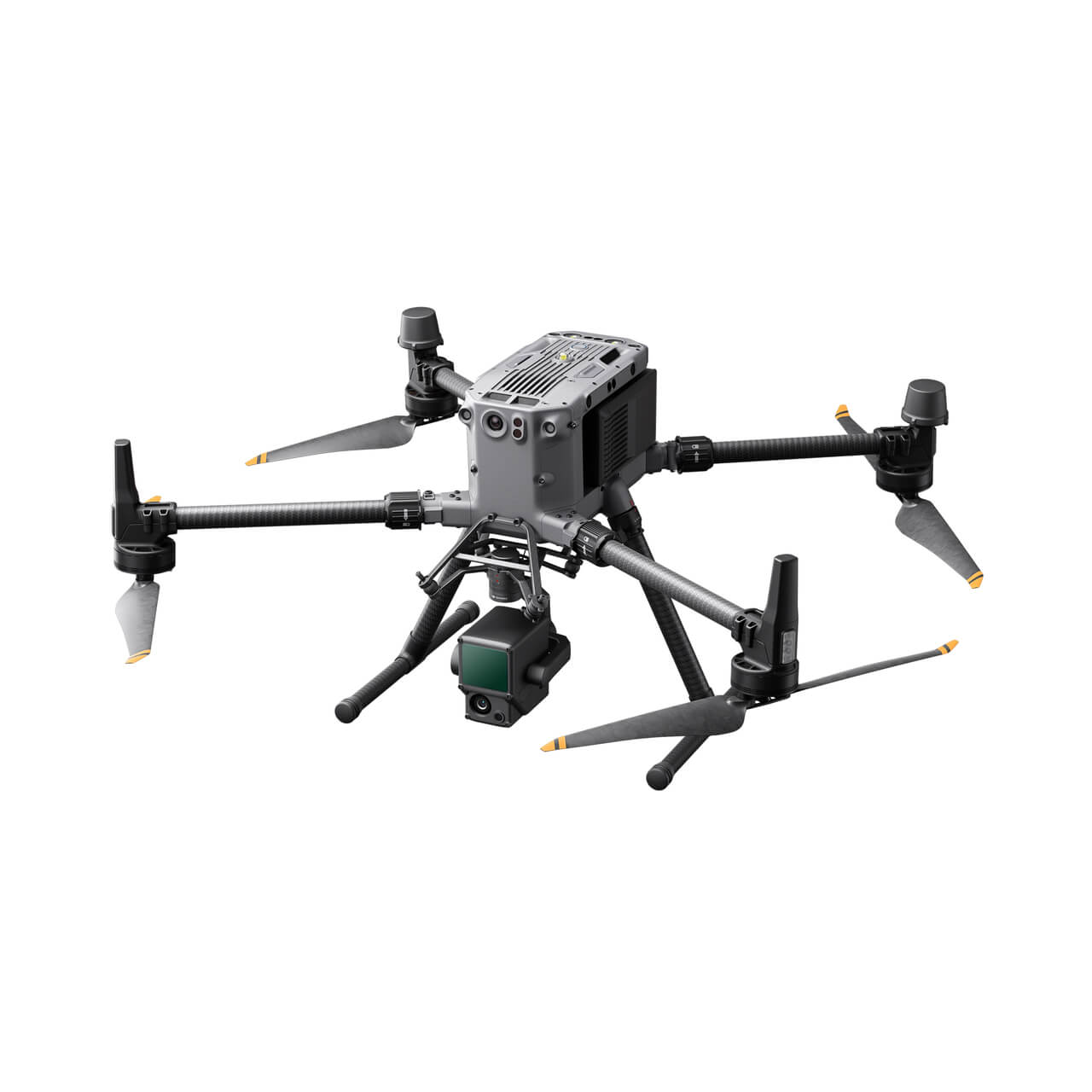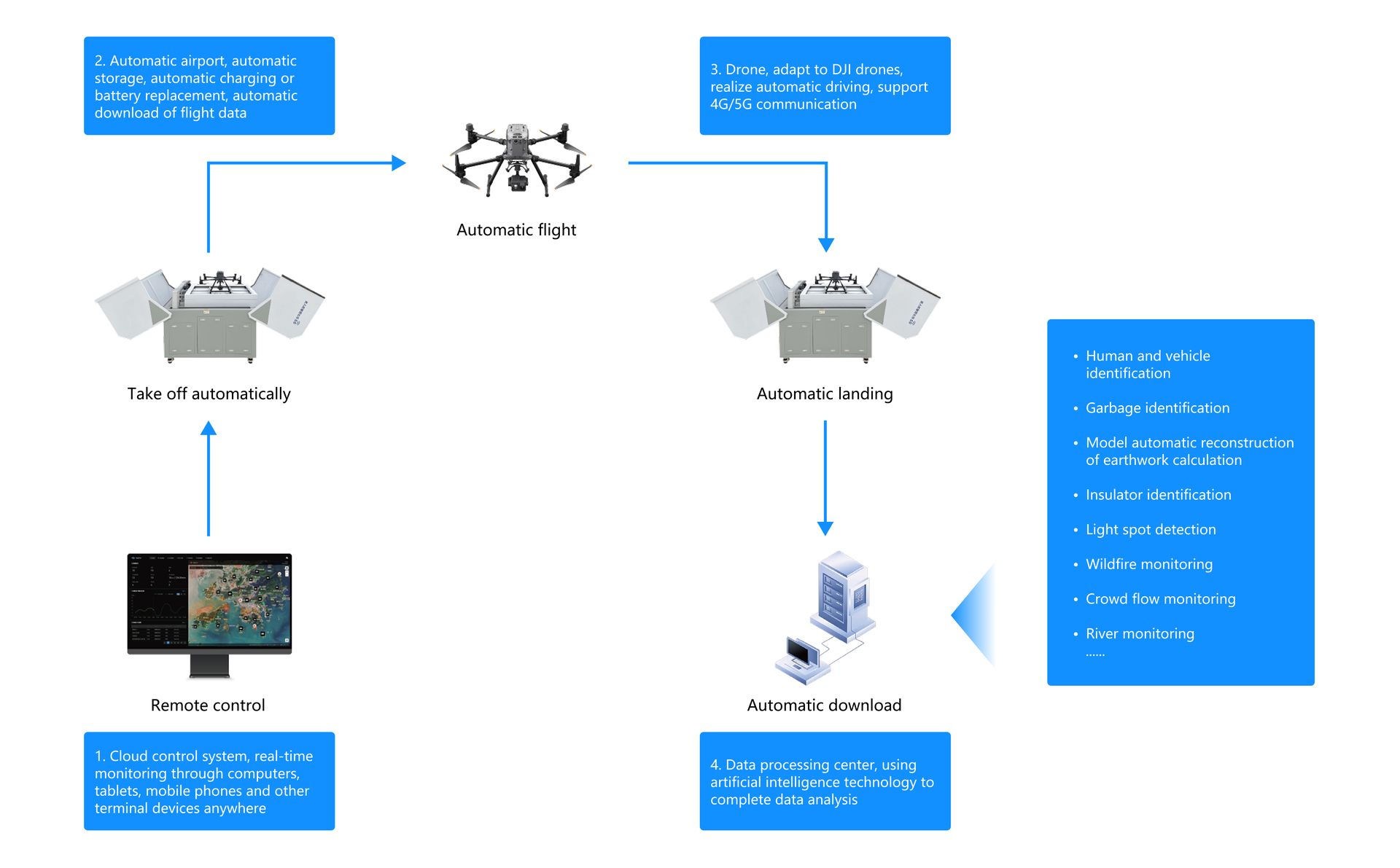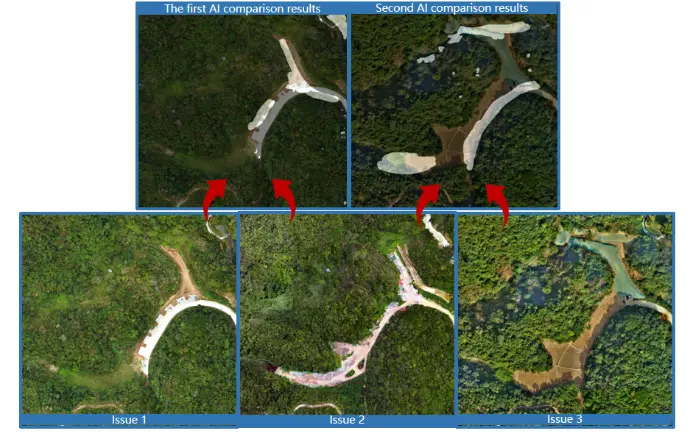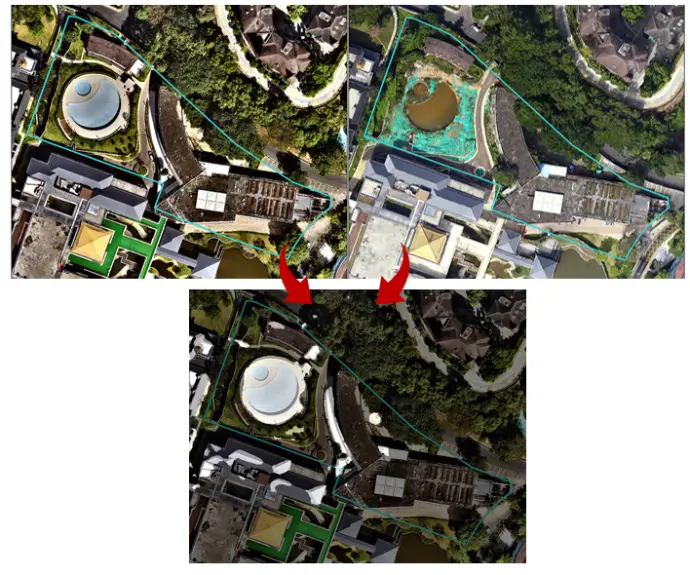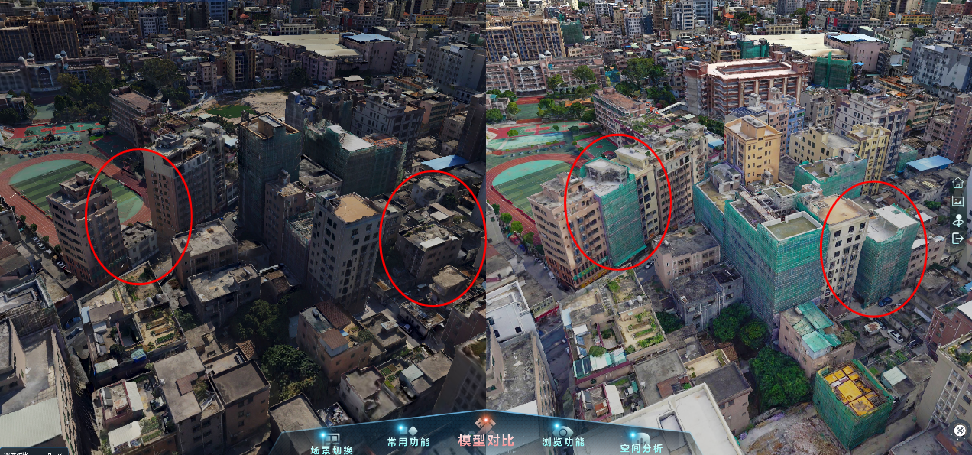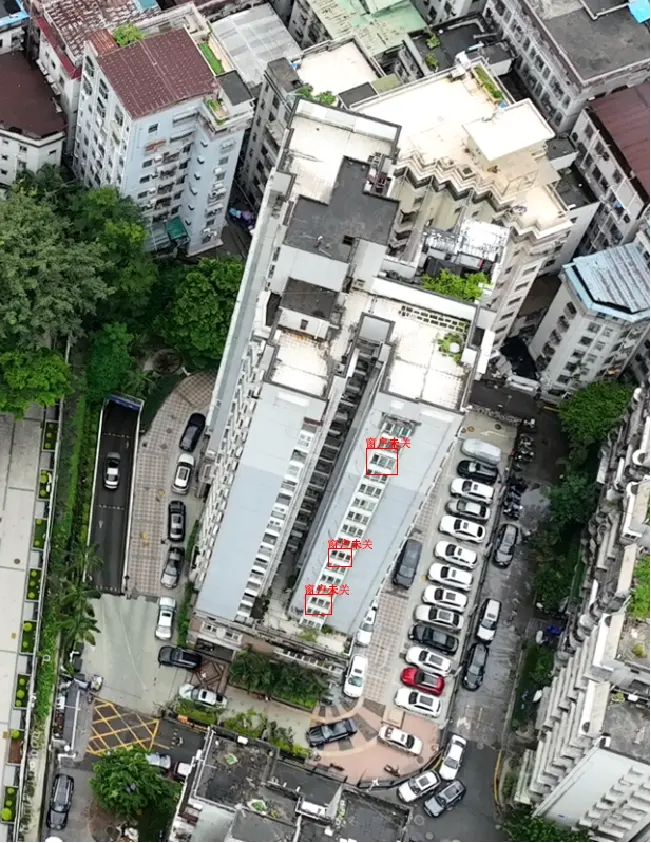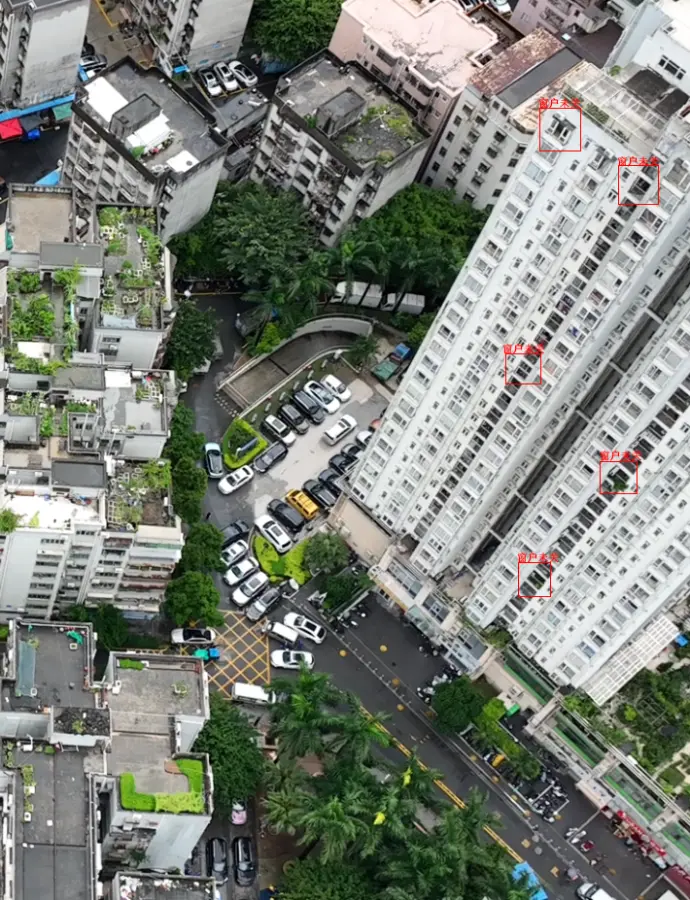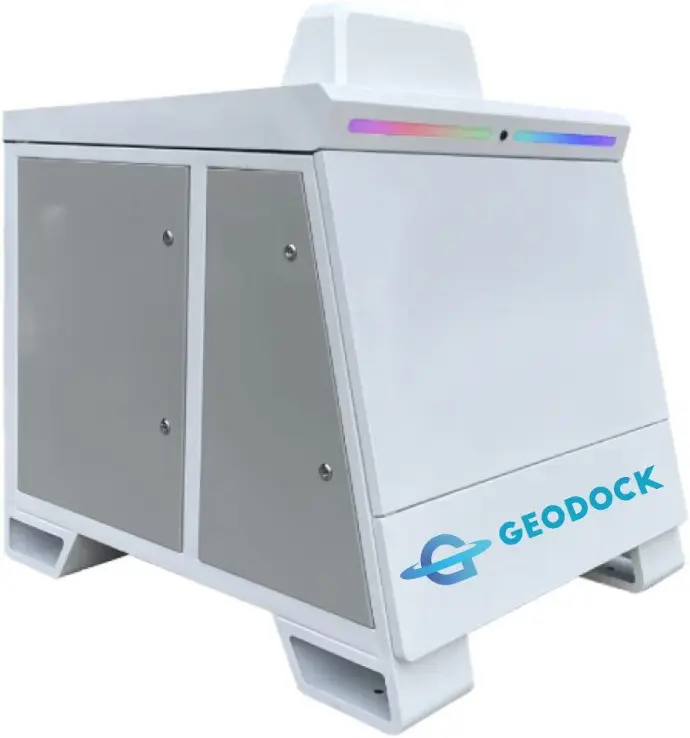Current status of low-altitude drone use
With the development of science and technology, drones have been employed in all walks of life, but there are still some limitations in the use of drones. Based on feedback from all parties, our company has integrated software and hardware resources and developed a "drone airport comprehensive management platform". This solution can realize the dynamic allocation of the use of multi-type mission drones, allowing data resources to be shared in a centralized manner, making flights safer and data more secure, thereby "reducing costs and increasing efficiency" for government governance and making law enforcement "accurate and reliable."

Traditional working methods
Currently, most drone users in the industry still use manual or semi-automatic operation modes. On the one hand, the operation process requires personnel intervention and has high manpower requirements. On the other hand, the operation results depend on the pilot's skill level, and the operation threshold is high.
New way of working
7*24 hours unmanned operation.
Unmanned operation: After the whole system is installed and deployed, the operation can be completed remotely without the need for on-site personnel.
Fully automated: After the first configuration through the cloud platform, the airport can automatically complete the inspection work at a fixed time and location.
Fully automated airport system architecture
Deployment site selection conditions
- Open space
The airport can be deployed on the ground, roof, tripod, etc. The installation location should be open, without buildings or mountains, and avoid strong interference signal sources such as operator base stations and high-voltage power poles.
- Multi-dimensional safety testing
Including magnetic field detection to confirm that there is no magnetic field anomaly;
Signal quality detection to ensure signal stability within the communication distance;
Navigation positioning signal detection to evaluate satellite signal strength and interference;
Obstacle detection to avoid obstacles around the airport that affect drone takeoff and landing.
- Stable power and network support
Generally speaking, an automated airport needs to provide 220V/16A AC power, reliable grounding, and a wired network of 10Mbps or above.

Implementation plan - GeoDock Pro V4 + M350
